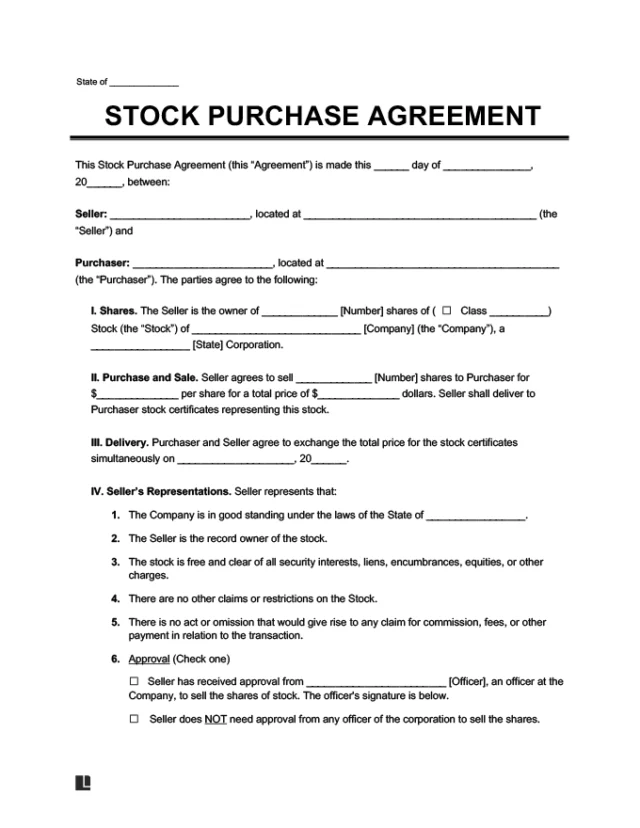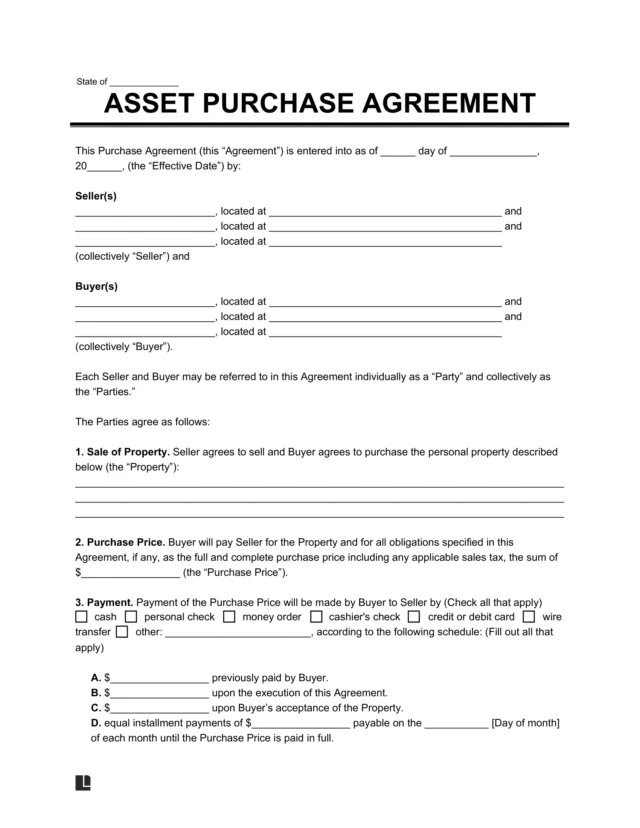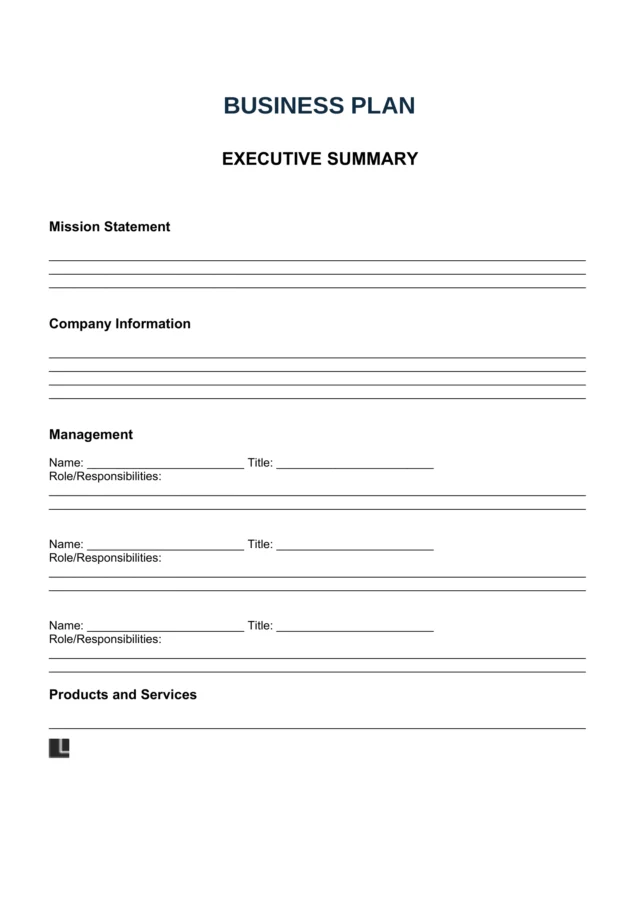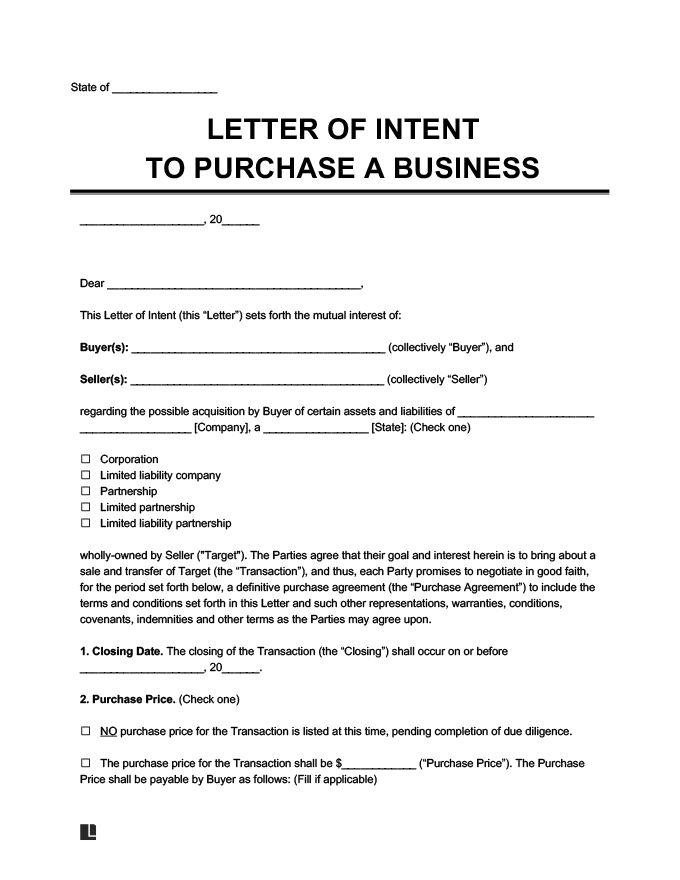What Is a Letter of Intent to Purchase a Business?
A letter of intent to purchase a business is a non-binding document that shows a buyer’s serious intent to buy a business. It outlines the key terms that the buyer and seller agree on before creating a legally binding purchase agreement.
A business purchase letter of intent often covers the purchase price, payment terms, timelines, and basic conditions. It sets expectations and helps guide next steps, like due diligence and legal review. Think of it as a roadmap for the final agreement.
Most letters of intent to purchase a business are not enforceable in court, but specific provisions can be binding if parties agree. To avoid confusion, the document should clearly state which terms are non-binding and which are enforceable under contract law.
When to Use a Business Purchase Letter of Intent?
A business purchase letter of intent can be used when both the buyer and the seller have agreed on the basic terms of the purchase but are not ready to sign a binding contract. It records any early agreements in writing, adds structure to negotiations, and shows both parties are acting in good faith.
You may use an LOI in situations such as:
- After initial discussions, to confirm the agreed price and main terms of the purchase before moving forward
- Before drafting a legally binding business purchase agreement, to give both parties a clear outline of what the contract will cover
- During due diligence, to allow the buyer access to records while protecting the seller’s information
- When the buyer wants exclusivity, to prevent the seller from negotiating with other buyers during talks
- To organize the terms of a complex deal, such as one including multiple assets, conditions, or parties, in one clear document
A letter of intent is not required by law, but courts sometimes treat it as evidence of good-faith negotiations. Setting clear expectations early can also help prevent misunderstandings later.
Benefits of Using a Letter of Intent to Purchase a Business
There are many advantages of using a letter of intent to purchase a business before drafting a final agreement. A letter of intent can help both parties clarify expectations and build trust during the negotiation process.
- Establishes mutual understanding: Both the buyer and the seller can agree on the main terms of the business purchase before investing time into a detailed contract
- Keeps negotiations focused: An LOI acts as a guiding document during negotiations and can help prevent discussions from straying off track.
- Reduces disputes: By putting all the agreed-upon terms in writing, both parties can be on the same page and avoid disagreements.
- Provides flexibility: Since LOIs are not a final contract, either side can change their minds and walk away before making a binding purchase agreement.
- Opens the door to due diligence: With an LOI in place, sellers may be more likely to share business records so the buyer can review them easily.
How to Write a Business Purchase Letter of Intent
A strong letter of intent is clear, organized, and covers the main points of the deal. At this stage, the goal is not to finalize the contract but to confirm that both parties agree on the basics and intend to move forward. Here are the key details you should include:
Identify the Buyer and Seller
List the full legal names and addresses of the buyer and the seller. This removes any doubt about who is entering the agreement.
Describe the Business and Assets
Clearly state what is being sold, such as the business itself, specific assets, or both. Be as specific as possible here. Specify assets like property, equipment, inventory, and intellectual property to avoid confusion about what is covered in the sale.
Choose the Sale Structure
Decide whether the deal will be an:
- Asset Purchase: transfers select items
- Stock Sale: gives the buyer ownership of a part of the company, often documented in a stock purchase agreement
This choice affects things like taxes and liabilities and should, therefore, be clearly written in the letter of intent.
Outline Purchase Price and Payment Terms
State the proposed price, how it will be paid (cash, financing, installments), and when payments are due. Even though the LOI is not the final business purchase agreement, including these details helps both parties avoid confusion later.
Set a Due Diligence Timeline
Include the period during which the buyer has to review relevant records, such as tax returns, contracts, and financial statements. This step protects the buyer, allows them to review all details relating to the purchase, and provides both parties with a clear schedule for moving forward.
Add a Confidentiality and Exclusivity Clause
Most letters of intent include a confidentiality clause to protect sensitive business information. An exclusivity clause can also be included to prevent the seller from negotiating with other buyers after the agreed-upon period. These types of clauses are examples of what would be considered binding provisions.
You may also use a non-disclosure agreement for stronger protection. This agreement prevents either side from sharing business information with others.
Define the Conditions to Closing
List any requirements that must be met before the sale is closed. For example, the buyer may need to get financing, business licenses may need to be transferred, or landlords, suppliers, and other third parties may need to give their approval.
Explain the Termination Terms
Explain how each party can end negotiations if the deal does not go through. This may include deadlines, written notices, or specific conditions that allow termination.
Sample Letter of Intent to Purchase a Business
Here’s a sample letter of intent to purchase a business template that guides you through each section with the correct details. Complete our step-by-step questionnaire to customize your letter of intent, then download it as a PDF or Word file.








